Throughout the history of rail travel, certain trains have captured our imaginations more than others, pushing the boundaries of rail technology, and in doing so, leaving an indelible mark on the history of railroading and railfans alike. From luxury passenger services to record-breaking locomotives, the following iconic trains represent some of railroading’s most prestigious, most beloved trains. While some of these trains are more significant to historians than they were to their railroads themselves, one way or another, they have all earned a place in the history books, as well as in the hearts of railfans everywhere.
Union Pacific Big Boy
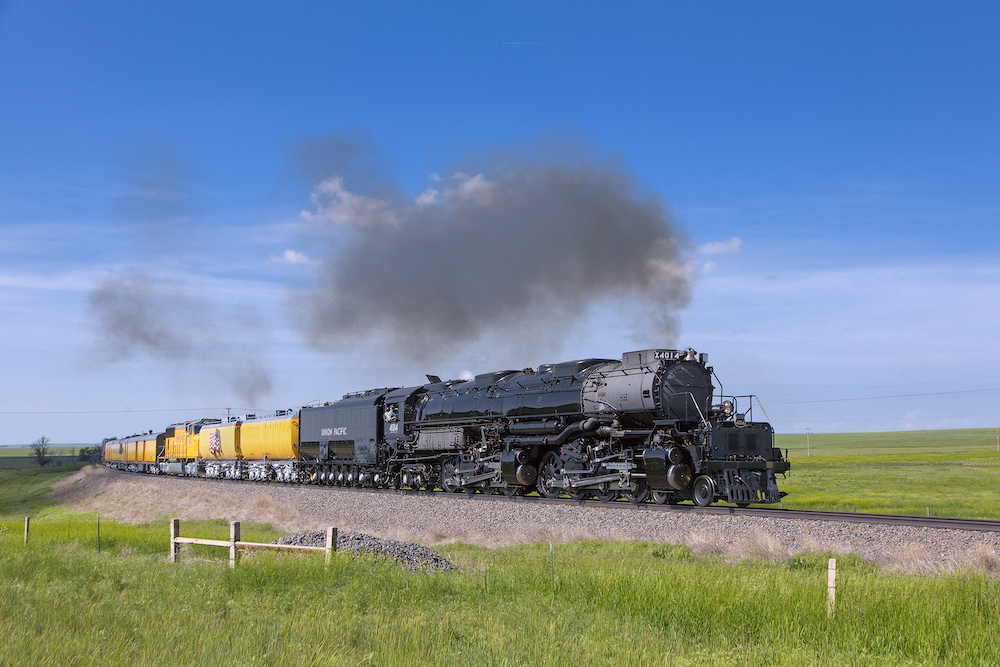
The Union Pacific Big Boy stands as one of the largest and most powerful steam locomotives ever built. Designed in the 1940s to haul heavy freight trains over the mountainous terrain between Wyoming and Utah, these massive 4-8-8-4 articulated locomotives weighed over 1.2 million pounds and stretched nearly half the length of a football field. Only 25 Big Boys were built, but they captured the public’s imagination as mechanical marvels. Today, one restored Big Boy still operates on special excursions, delighting crowds with its impressive size and thunderous exhaust.
Orient Express
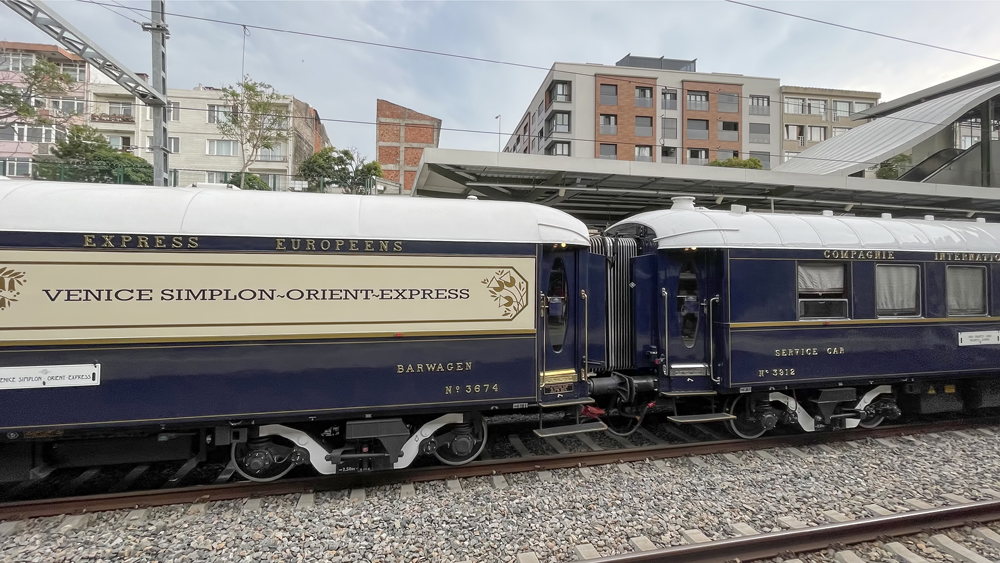
No train evokes romance and intrigue like the Orient Express. Launched in 1883 to connect Paris and Constantinople (Istanbul), the Orient Express epitomized luxury rail travel in its heyday. Its opulent sleeping cars, gourmet dining, and exotic itinerary attracted royalty, diplomats, and the wealthy elite. It has been immortalized in fiction, including novels like Agatha Christie’s “Murder on the Orient Express” and Ian Fleming’s “From Russia With Love” and the film adaptations they subsequently spawned. Though the original Orient Express ceased operations in 2009, the Venice Simplon-Orient-Express continues to offer a similar luxury experience using restored vintage carriages.
LNER Class A4 4468 “Mallard”
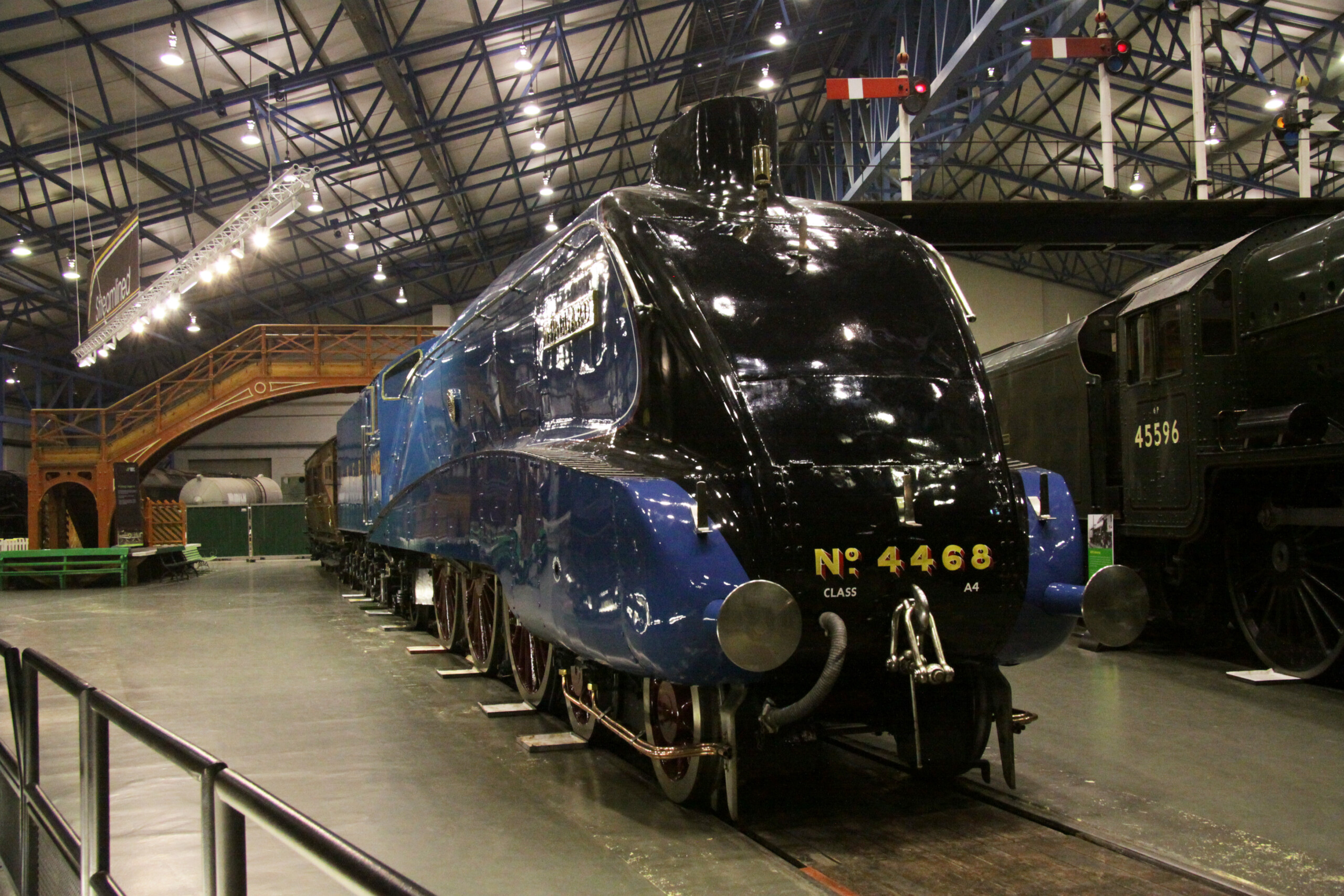
When it comes to speed records, few trains can match the legacy of the Mallard. This sleek, streamlined steam locomotive blazed into the history books on July 3, 1938, when it reached 126 mph on a downward grade in England – a world speed record for steam locomotives that still stands today. The Mallard’s striking art deco styling and record-breaking run made it an icon of British engineering prowess. Now preserved at the National Railway Museum in York, it continues to awe visitors as a testament to the golden age of steam.
Shinkansen bullet train
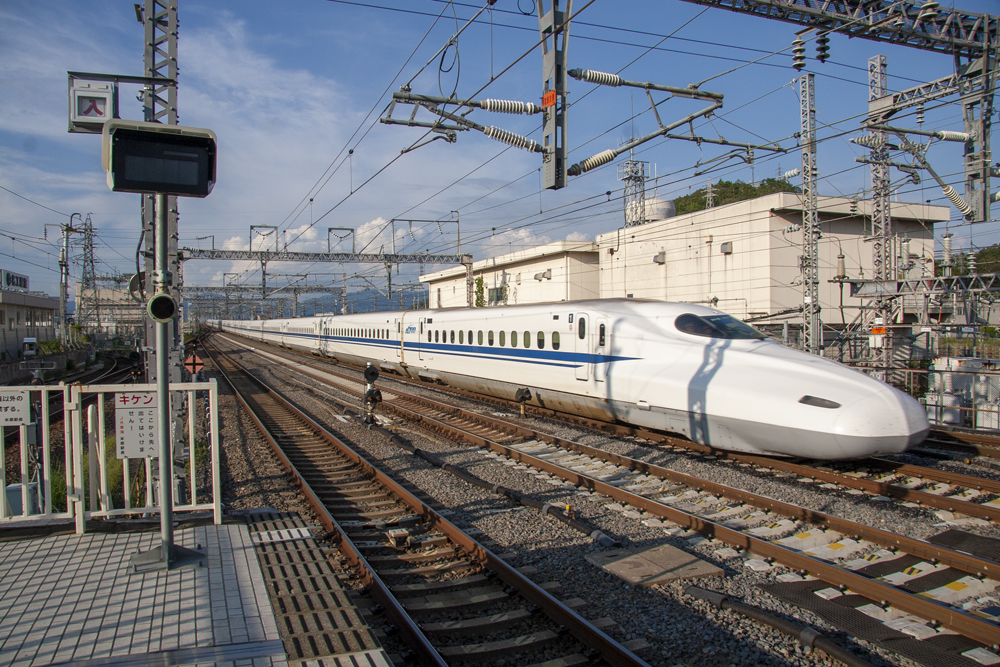
Japan revolutionized rail travel in 1964 with the debut of the Tōkaidō Shinkansen, the world’s first high-speed rail line. Often called the “bullet train,” the Shinkansen can cruise at speeds over 130 mph between Tokyo and Osaka, dramatically reducing travel times. The success of the Shinkansen inspired other countries to develop their own high-speed rail systems. Today, Japan’s ever-expanding Shinkansen network remains a model of speed, safety, and efficiency.
Train à Grande Vitesse
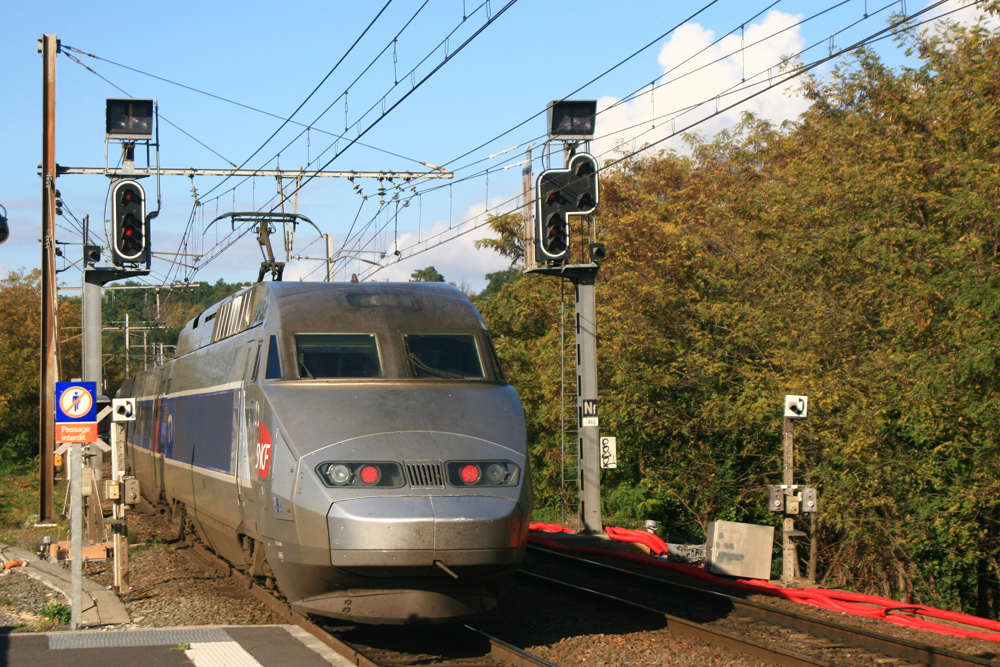
France upped the ante in the 1980s with its TGV (Train à Grande Vitesse) high-speed rail system. These sleek electric trains routinely operate at speeds up to 200 mph on dedicated high-speed lines. In 2007, a specially modified TGV train set the world speed record for a wheeled train on conventional rails, reaching an astonishing 357.2 mph during testing. The TGV network has transformed travel within France and connects to neighboring countries, making it a symbol of European integration.
Great Western Railway 4900 Class 5972 Olton Hall
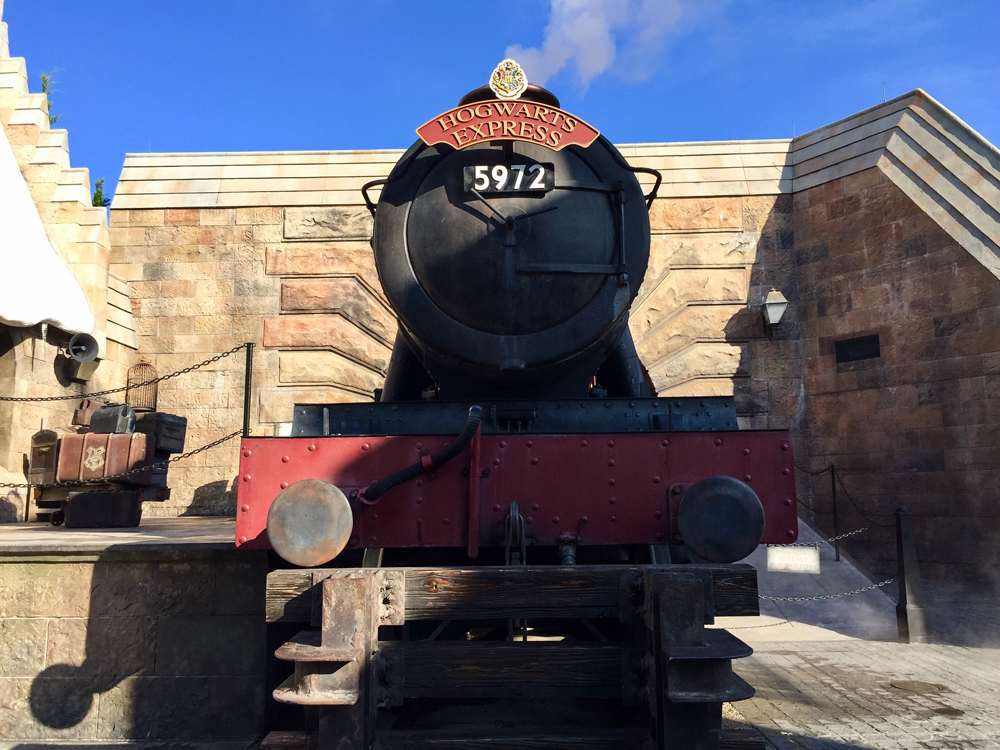
If the name “Olton Hall” doesn’t ring any bells, that’s because this train is known to most by a different name entirely: The Hogwarts Express. This 4-6-0 steam locomotive, built in 1937 at Swindon Works for the Great Western Railway, is instantly recognizable to fans of the Harry Potter film franchise. In the films, the Olton Hall leads a train of British Rail Mark 1 carriages. These days, it can be seen at Warner Bros. Studio Tour London, although three functional replicas can be seen at Universal Studios Orlando, leading the Hogwarts Express attraction at the park.
The Flying Scotsman
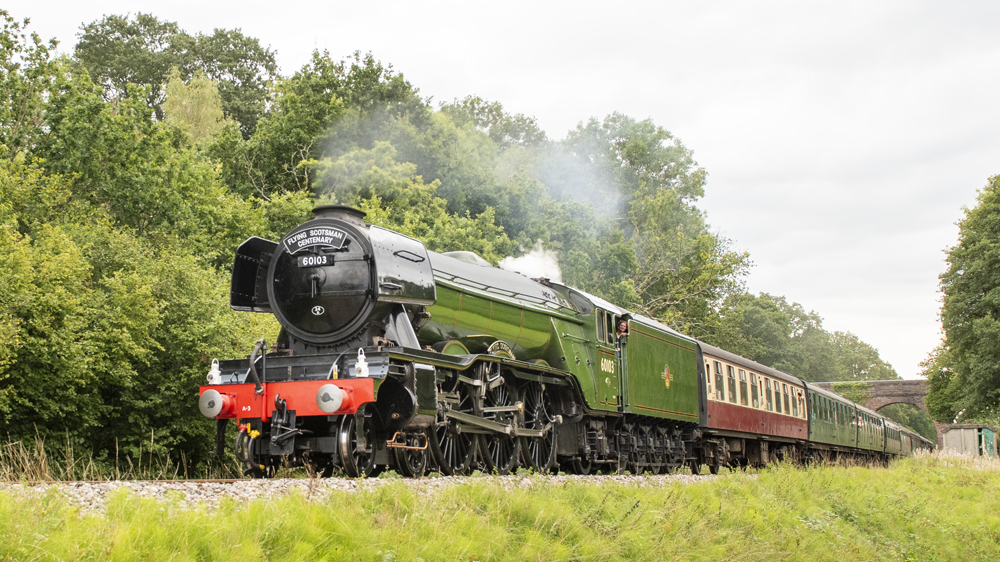
The Flying Scotsman holds a special place in British railway lore. Built in 1923 for the London and North Eastern Railway, it was designed for speed and luxury on the London-to-Edinburgh route. In 1934, it became the first steam locomotive to be officially recorded reaching speeds of 100 mph. After being retired from regular service, the Flying Scotsman was saved from the scrapyard and restored. It continues to run special excursions today, delighting fans as a living piece of railway history.






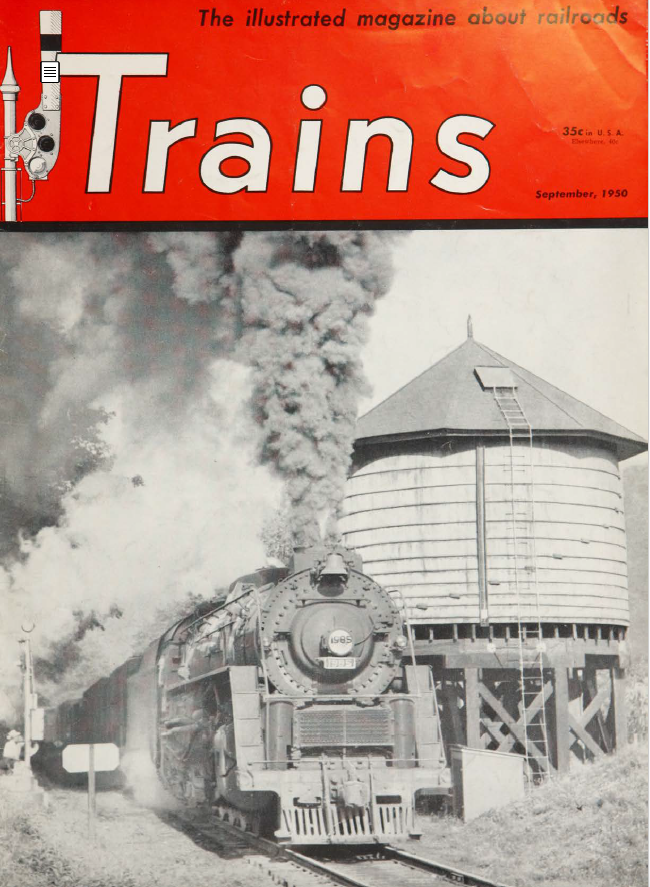

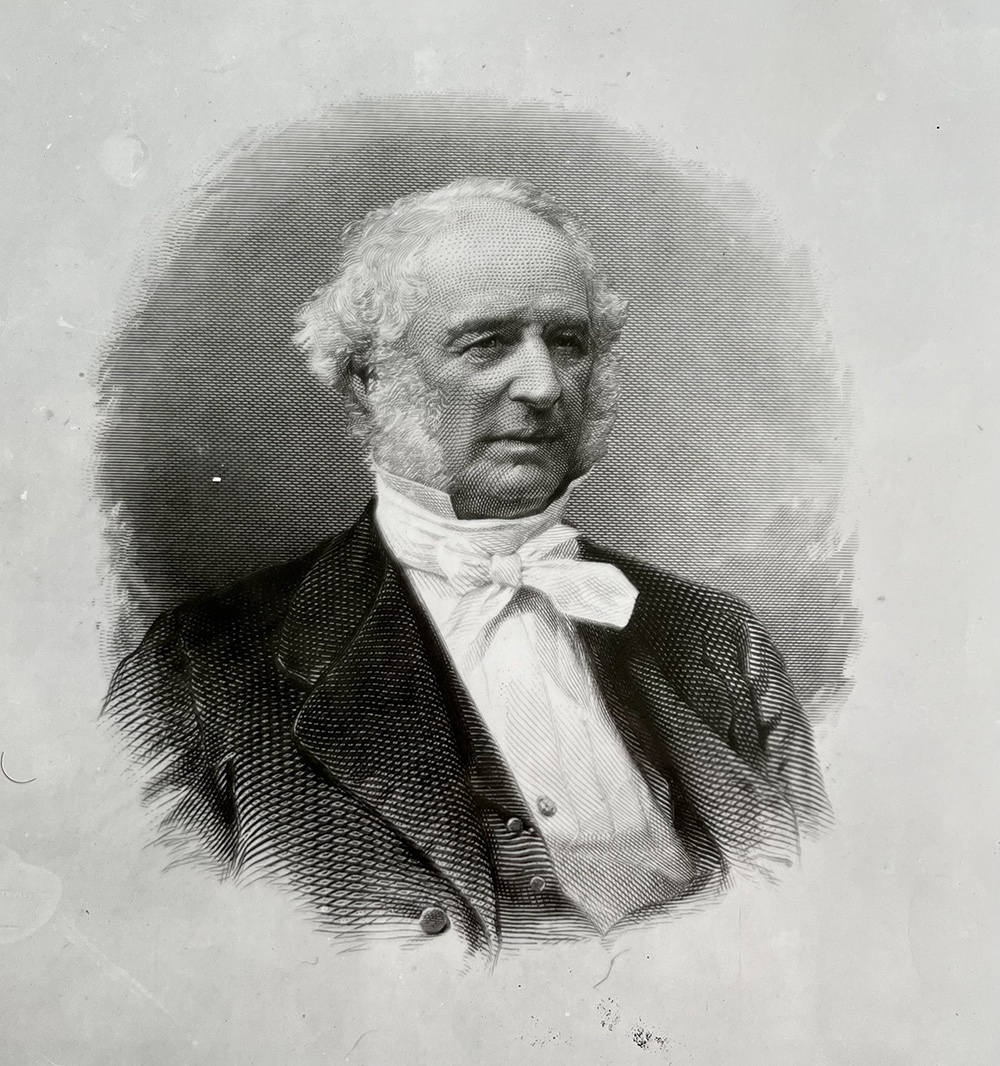
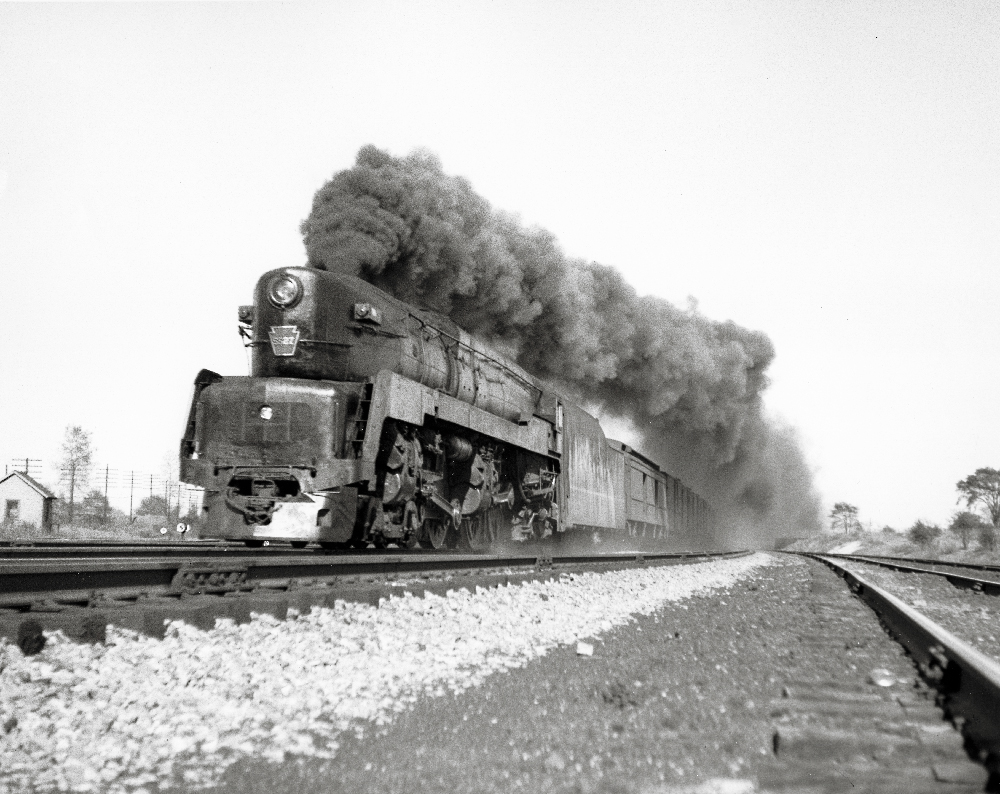
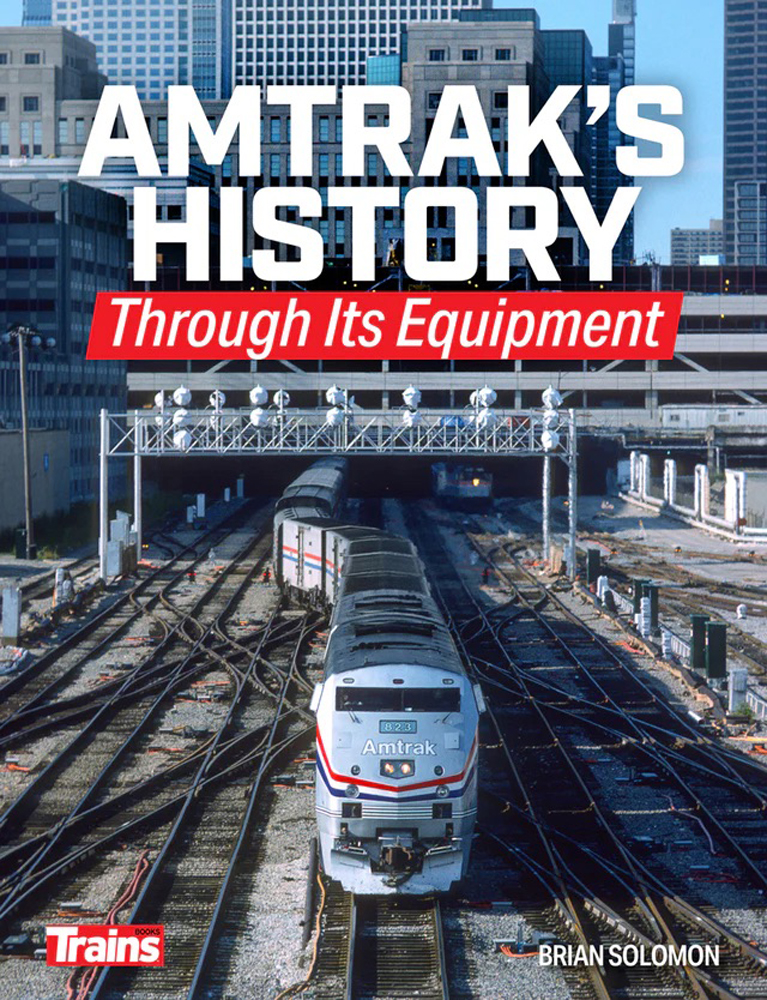

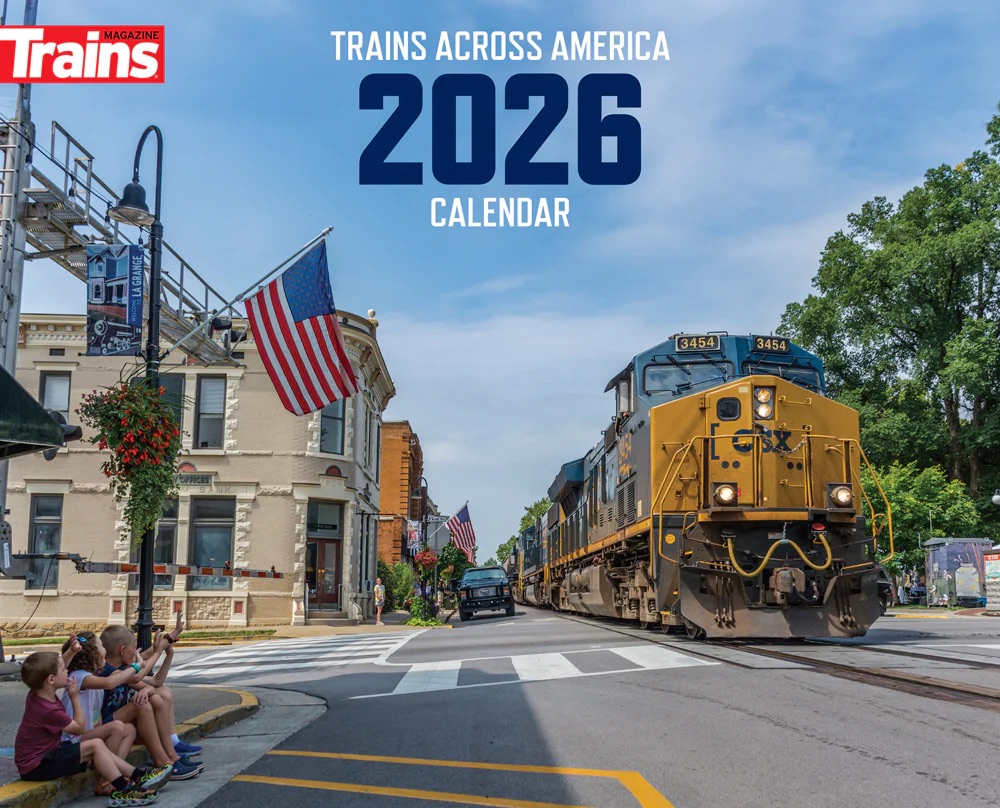

My wife and I had bought tickets and planned an entire trip to the British Isles to ride behind the Flying Scotsman in 2023. Alas the night before we were having dinner in Aviemore, Scotland when a lot of emergency vehicle went by. Later we found out that another train had backed into the Flying Scotsman and our day trip was cancelled. I still have a copy of the headline in a local newspaper about the accident.
We did the best we could to fill our suddenly free day and took a cruise on the Loch Ness. Yet I will always regret not getting to ride behind that fine steam locomotive. Also I got Covid while in Scotland. Nevertheless my wife and I fondly remember that we survived that trip!
Or the Victorian Railways ‘Spirit of Progress’ – the first air-conditioned train in the Southern hemisphere, hauled by streamlined ‘S Class’ pacific locomotives.
Though primarily a UP fan, I was surprised three other US locomotives were also not included. NS (N&W) Northern #911, a New York Central J3A Hudson and a Pennsylvania RR GG-1 (the one at the National Rail Museum in Green Bay, WI would do just fine) as these represented the technological top end of railway locomotives in the modern era. I understand that many other steam engines could have been included such as a Nickle Plate Berkshire, other Northern model examples, the 4-4-2 Atlantics of the Milwaukee Road Hiawatha’s that regularly ran over 100 miles per hour between Chicago and Milwaukee, (The author Don Ball, Jr. noted in one of his books the large signs on the Milwaukee Road ROW just outside Milwaukee that ominously proclaimed, “Slow to 90 mph…” ), Santa Fe PA and F7/F8 War Bonnet Passenger trains between Chicago and the West Coast, and many other extant loco’s. Several books exist on the subject but another one with a plethora of photos would surely not hurt any train fan’s feelings…
I must humbly add a fourth US locomotive to your three choices. Southern Pacific GS-4 Daylight 4449 is arguably the most beautiful passenger steam locomotive ever built. The 4-8-4 Northern’s distinctive red, orange, and black with silver trim livery makes it stand out; but millions of Americans probably remember it for the red, white, and blue livery it wore in 1975-76 while leading the American Freedom Train for the Bicentennial. 4449 can be seen at the Oregon Rail Heritage Center in Portland along with Spokane Portland & Seattle #700, another Northern locomotive, and Oregon Railway & Navigation #197, a 4-6-2 Pacific type locomotive. SP&S 700 has also been fully restored; and the Oregon Rail Heritage Foundation is working to restore OR&N to operational condition.
Sad to see that the iconic Australian Pacific locomotive 38 Class ‘3801’ of The NSW RAILWAYS isn’t included. It did a famous trip across Australia in 1988 for the Bicentenary of Australia with The Flying Scotsman.
Sincere thanks to all those magnificent rail travel heroes for existing! Long live the railroading and railfanning!
Dr. Güntürk Üstün